Is Svalbard Worth Visiting in the Summer?
I won’t keep you waiting. After leading an unforgettable tour to this remote Arctic archipelago, our answer is a resounding ‘yes’.
Summer in Svalbard offers a surreal combination of the midnight sun, stunning glacier landscapes, and raw, untouched wilderness teeming with wildlife. From spotting polar bears on drifting sea ice, to hiking above glacial valleys under 24-hour daylight, we discovered that Svalbard in summer is not only worth visiting; it’s a once-in-a-lifetime experience.
In this post, we’ll share what made our summer trip to Svalbard so special, what to do in Svalbard during the summer, and why this Arctic destination should be on your radar (regardless of season).
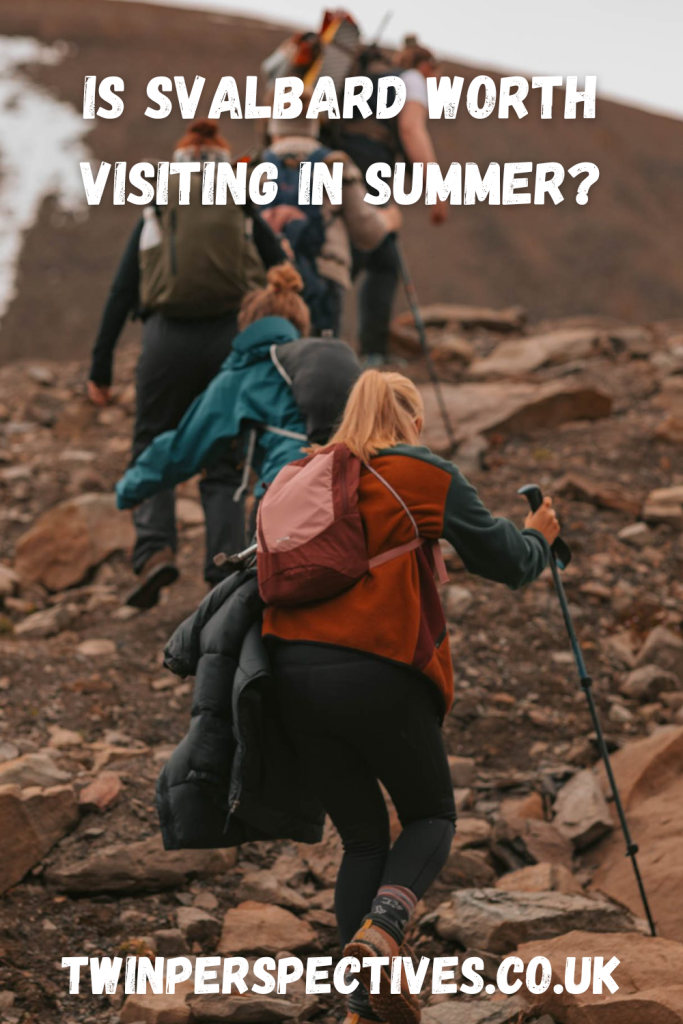
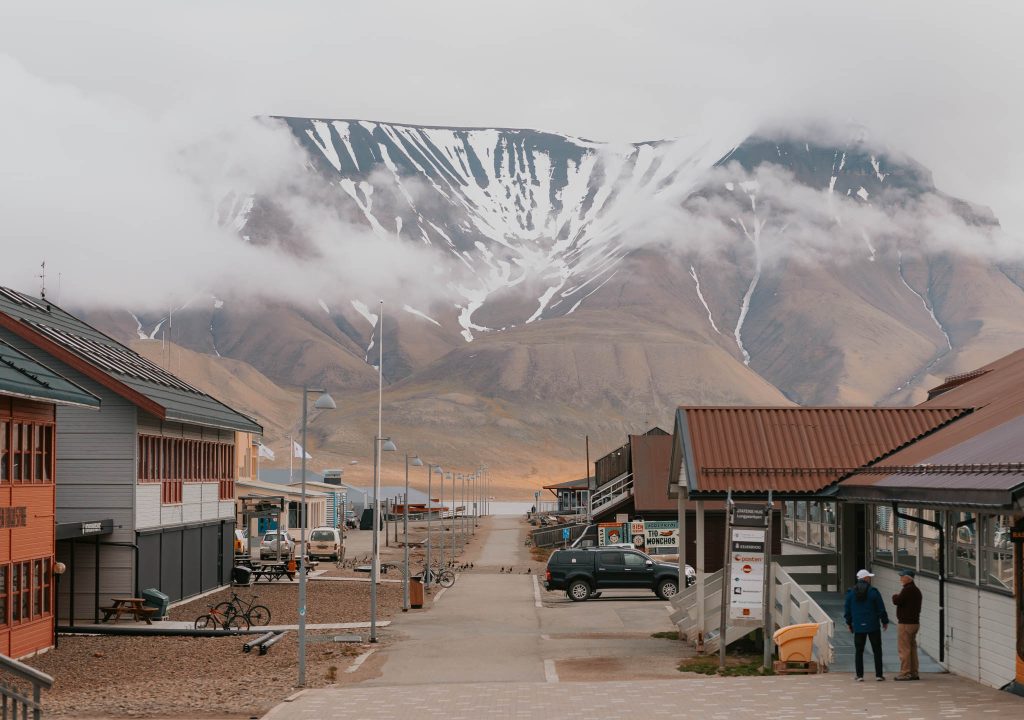
What Kind of Wildlife can you see on Svalbard in the Summer?
Summer is an excellent time to see plenty of fascinating and exciting wildlife on Svalbard.
In fact, many of the wildlife spotting tours on Svalbard are seasonal, running from March – September.
During our summer visit to Svalbard, we went on a memorable Walrus Safari and were fortunate enough to encounter 12-15 (very playful) walruses. We took a private boat (around a one-hour boat ride) over to a glacier where the walruses were snoozing on the shore and frolicking in the sea.
It was a bucket list experience and absolutely well worth the choppy ride across the sea.
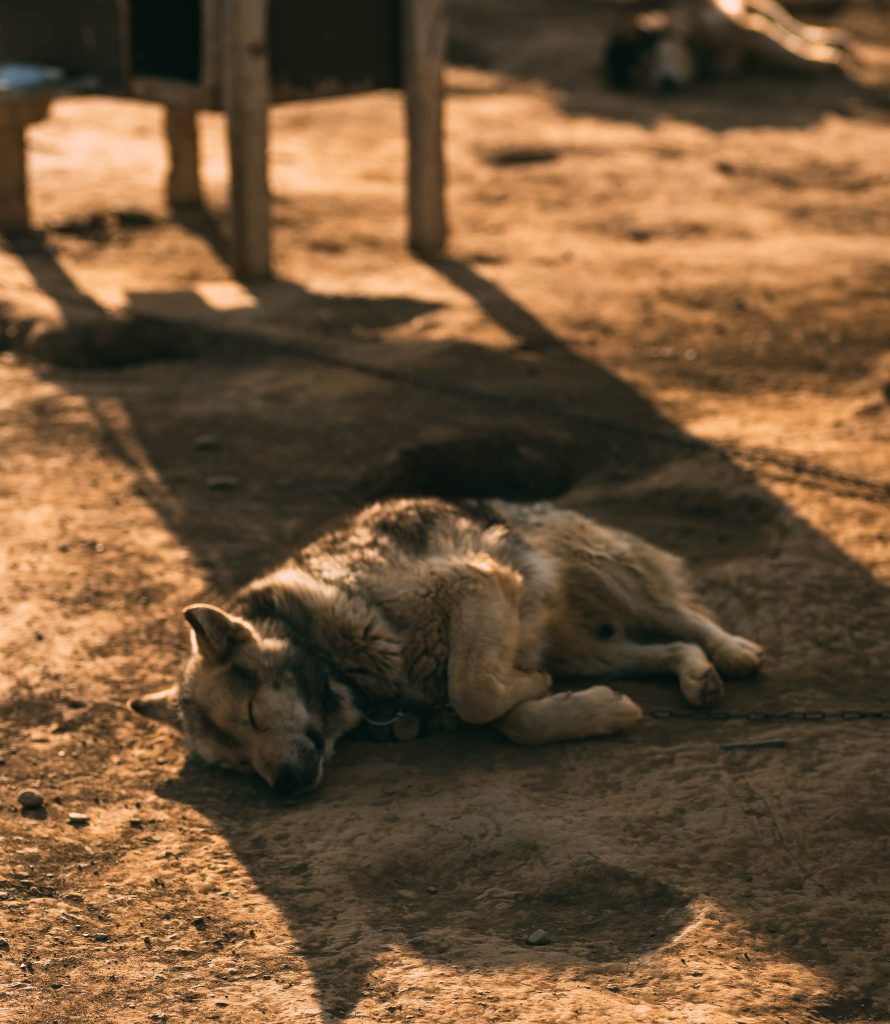
During our boat trip over to the glacier, we also saw puffins (another bucket list tick), alongside many other seabirds. During the summer months, it’s not uncommon to also see a variety of whales around Svalbard, including beluga whales.
Our guide told us that just the week before our visit, a whole pod of beluga whales surrounded their boat during a trip to see the walrus colony.
Can you see Polar Bears on Svalbard in the Summer?
Of course, I can’t write a guide to summer on Svalbard without mentioning polar bears.
However – and firstly, a disclaimer.If you’re staying in Longyearbyen, it’s actually unlikely you’ll see a polar bear during the summer months. During this season, most bears have in fact travelled north to where there is still a large quantity of sea ice.
If you want to improve your chances of spotting a polar bear on Svalbard in the summer, you will therefore need to travel to the ice floes that are located north and east of the archipelago, or more of the remote islands, such as Nordaustlandet or around Hinlopen Strait.
Having said that, our guide did see a polar bear the day after we left Svalbard, on the shore where the walruses had been. It’s likely it would have been hunting for bird eggs or dead seals around this area. So, never say never.
The highest chance of seeing a polar bear on Svalbard is during the spring, when there’s still ice close to the land. You can also enjoy snowmobile trips out into the more remote areas of the islands. If seeing polar bears is a top priority, I’d therefore recommend a late spring or early summer visit to Svalbard, rather than perhaps June – August.

Can you see the Northern Lights on Svalbard in the Summer?
I’ll be honest – if you’re desperate to see the Northern Lights, don’t visit Svalbard during the summer. Not only will you not see them, you won’t experience any form of darkness – at all.
Instead, you’ll experience the equally beautiful ‘Midnight Sun’; a time when the sun doesn’t set (at all) from mid-April until late August. Having seen the Northern Lights, I would say the midnight sun is equally magical, allowing you to enjoy long (very long) days on the island. Walking out of the pub on Longyearbyen at 11pm, to blue skies and sparkling seas, will be a memory that will last a lifetime.
If you’re desperate to see the Northern Lights on Svalbard, visit during the months of late October to the end of February – when you are almost guaranteed a spectacular show.
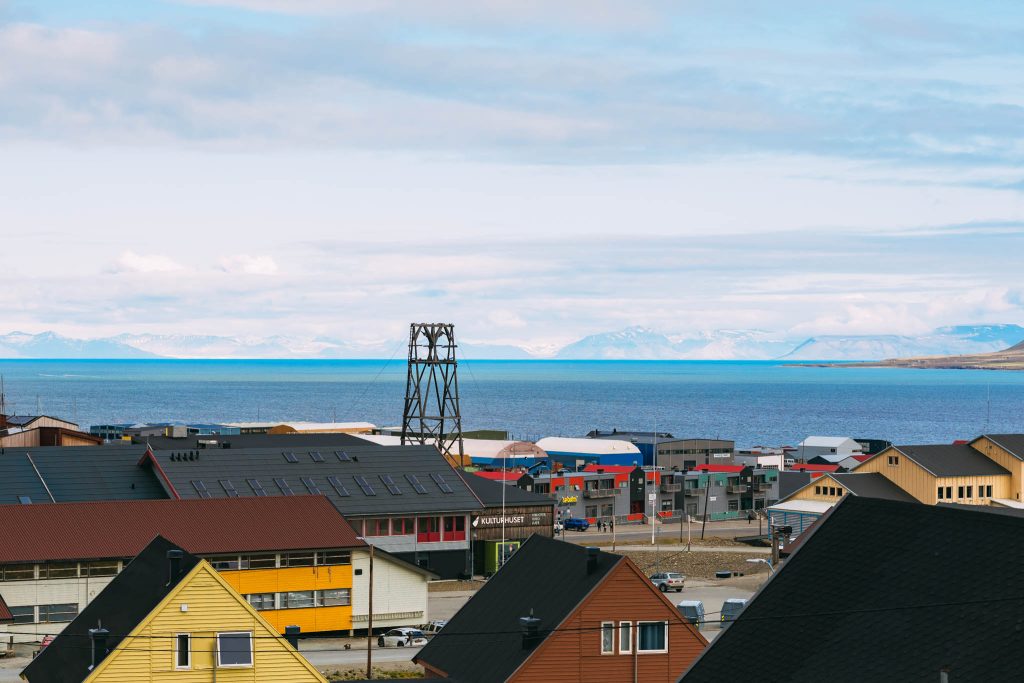
What is the Weather like on Svalbard During the Summer?
Summer on Svalbard, which spans from June to August, brings a unique blend of relatively mild conditions and an eternally blazing sun. Temperatures during this season typically range from around 1°C in early June to a peak of 9°C in July, which is the warmest month. Temperatures then begin to drop again in August.
While snow mostly melts in the valleys by late June, glaciers and higher elevations remain icy, and it’s not uncommon to see icebergs floating in the fjords, especially early in the summer. We saw a number of icebergs during our time on Svalbard (mid-June), which I wasn’t expecting at all.
The weather is also highly variable and often unpredictable. Overcast skies are common and rainfall is usually a drizzle or a perpetual mist. Wind is also frequent, especially in open areas or out on the water, where it can make the air feel significantly colder.
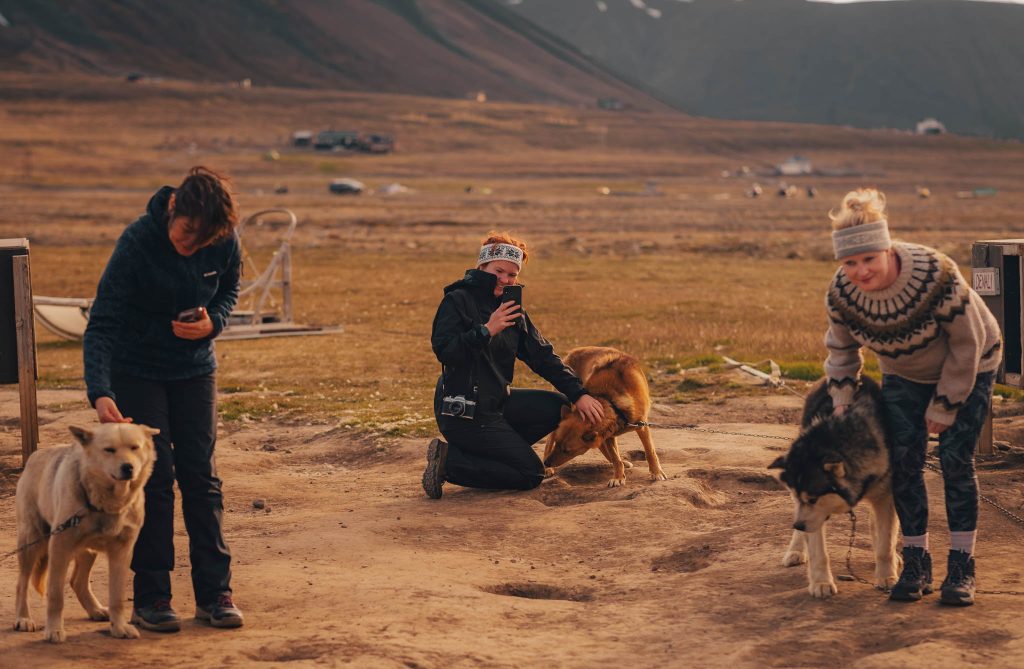
During our time on Svalbard, we experienced mainly cloudy days, with a few bright skies and sun on our Walrus safari. There was plenty of drizzle and gustier winds in the evenings that made it feel colder.
In short, summer on Svalbard is therefore more like autumnal weather on mainland Europe – and certainly not bikini weather.
Not sure what to pack for summer on Svalbard? Read our full packing list guide.
Visiting Svalbard in Summer vs Winter: Pros and Cons of Visiting Svalbard in Summer
If you’re still asking yourself: ‘Is Svalbard worth visiting in summer?’ here’s a comprehensive round-up of the pros and cons of visiting the archipelago in summer, rather than winter (including things to do on Svalbard in summer).
Pros of Visiting Svalbard in Summer
1. Plenty of wildlife to enjoy on Svalbard in the summer
During the summer months, visitors to Svalbard are spoilt for choice when it comes to wildlife encounters. As mentioned above, there’s opportunities to see many animals, including walruses, reindeer, whales, dolphins, arctic fox, birds – such as puffins – and lots of nesting sea birds.
Breeding season is in full swing to also expect to see lots of baby animals.
2. Accessible hikes and experiences
Without the severe weather in the summer months, Svalbard becomes far more accessible. If you enjoy hiking, there are plenty of trails to enjoy, as well as kayaking and glacier walks. Generally, it’s also easier to get around, without having to put on the many layers and arctic gear.
The roads and paths on Longyearbyen are also clear of snow and ice, which makes travel much easier.
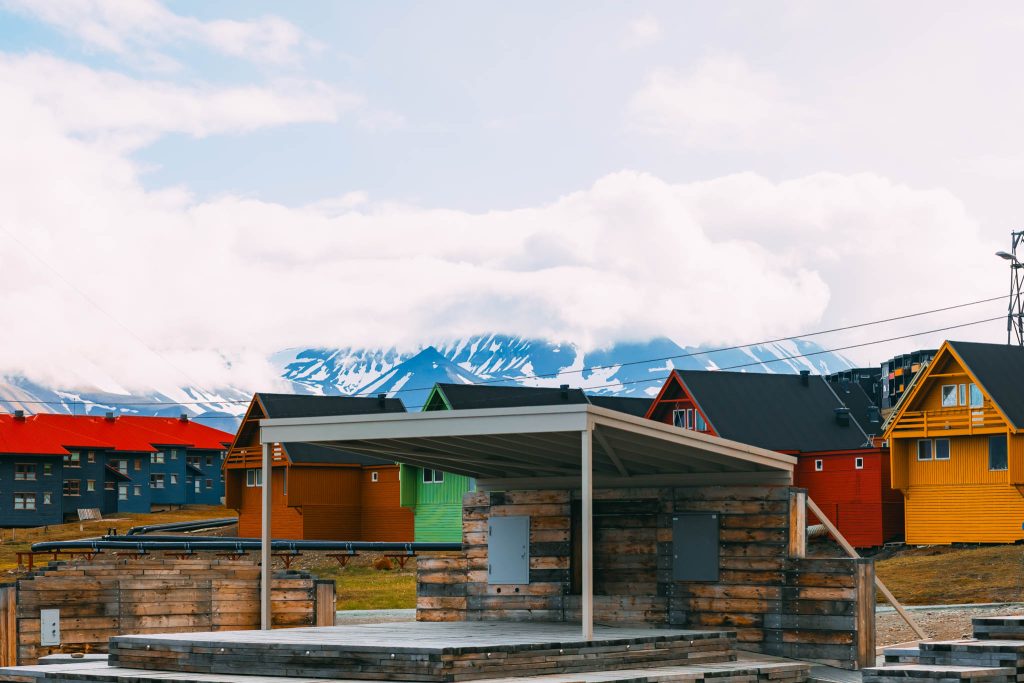
3. The Midnight Sun
Of course, a huge pro to visiting Svalbard during the summer is the opportunity to experience the unique Midnight Sun. This was one of the main reasons we decided to visit in summer, desperate to experience blue skies at midnight and the ability to explore the island until well into the early hours.
It’s a truly unique and memorable experience (just remember to pack your eye mask).
4. Not as cold (actually, no where near as cold)
Summer on Svalbard is actually surprisingly mild, due to its location near the golf stream. Far from shivering our way around the island, we were pretty comfortable in a few layers and a larger coat for boat excursions.
To be honest, it felt pretty much like a mild winter’s day in the UK most of the time, which definitely took us all by surprise.
Read our guide on What to Pack for Summer on Svalbard for a full packing list.
5. Easier to get to Svalbard in the summer
Another pro to visiting Svalbard in the summer is the fact that it’s a lot easier to reach. During the summer, more frequent flights open up to Longyearbyen and tour operators run daily activities on the ground.
To get to Svalbard, we flew from Tromsø with Scandinavian Airway – just a 1.5 hour flight.
6. Expeditions run to more remote areas
The final pro to visiting Svalbard in the summer is that you can enjoy greater adventures, with expeditions able to run to more remote areas. Without the sea ice, it’s possible to take a cruise around the archipelago, visiting more isolated areas and communities. Of course, this also means increasing your chances of seeing polar bears.
Cons of Visiting Svalbard in Summer
1. Not as pretty – if not a little bleak
I’m not going to lie, if you’re imagining a snowy, icy visit to Svalbard during the summer, you’ll be bitterly disappointed.
If fact, I wouldn’t say Svalbard is a particularly pretty island in the summer – most of it is brown tundra and stone mountains (which can feel a little bleak). However, what it lacks in photogenic scenery, it makes up for in quirky experiences and incredible wildlife. We visited Svalbard knowing it wouldn’t be picture perfect like the Lofoten Islands, but were excited to visit somewhere so remote and unique.
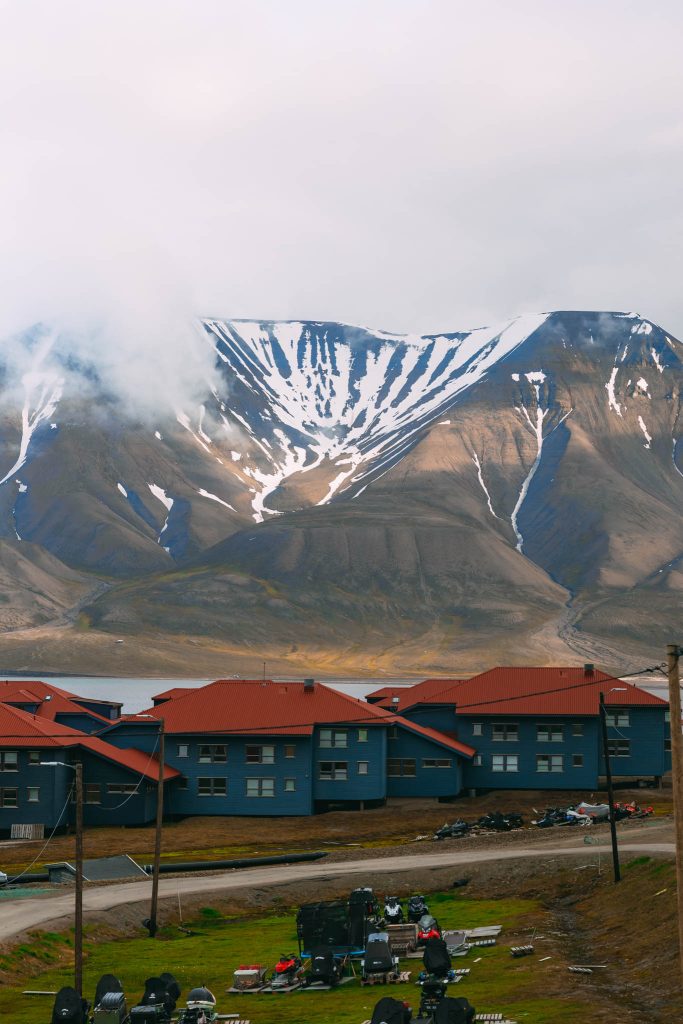
2. Doesn’t feel like the ‘Arctic’ with snow and ice
Leading on from my point above, although we were far above the Arctic circle, Svalbard in the summer didn’t particularly feel like the traditional Arctic. Having visited Finnish Lapland in winter, the contrast couldn’t have been more different. In Longyearbyen, it felt very much like a drizzly UK, with plenty of gusty wind.
When we went out on the walrus safari, however, things did quickly change – with ice sheets and glaciers appearing, alongside a steaming hot drink and cinnamon bun.
3. No northern lights
Obviously, with the sun refusing to set in Svalbard during the summer, the chances of seeing the Northern Lights are non-existent. If this is a bucket list activity, save your visit for winter time, when the dark skies return.
4. Weather can be unpredictable
The weather on Svalbard in the summer can be unpredictable and a little confusing to pack for. For the most part, we found the island fairly mild (around 6-7 degrees) and rather than dress for the cold, we needed to dress for the drizzle.
I highly recommend having a waterproof in your bag at all times, as the weather does change very fast and we got caught out one afternoon on a walk back from the outdoor sauna.
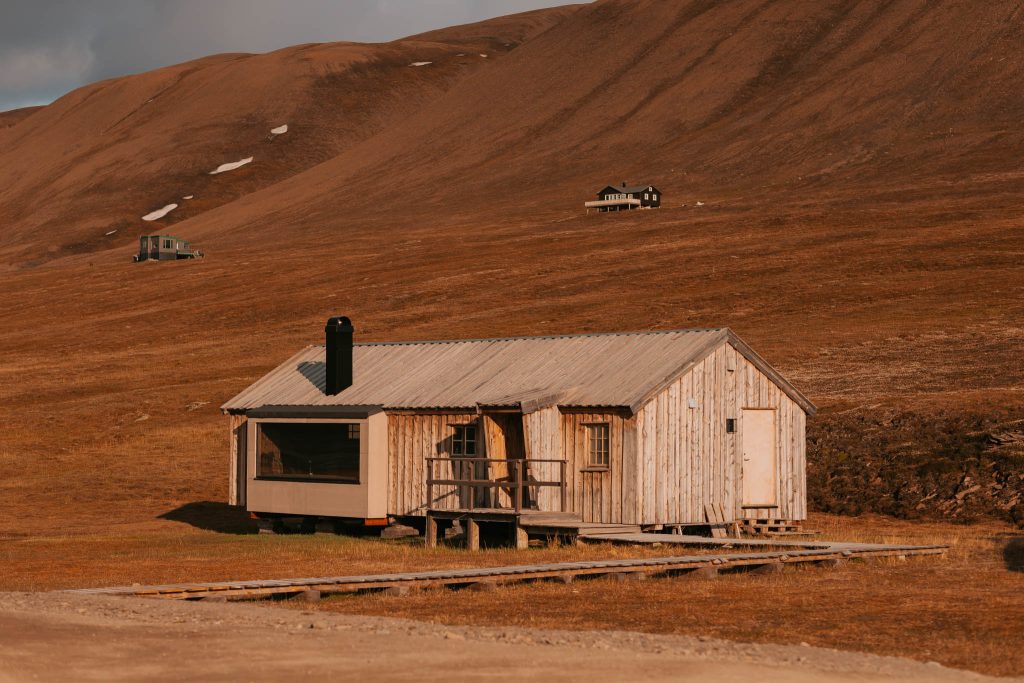
5. Higher prices on travel and experiences
The final downside of visiting Svalbard during the summer is that prices for travel and accommodation are generally higher. As this is traditionally peak season, flights will be more costly, as well as hotel rooms on the island. During our visit, we stayed at the brilliant Radisson Blu Polar Spitsbergen.
Looking ahead to next summer, this hotel is around £260 a night, which definitely isn’t a budget stay, but all accommodation on Longyearbyen is on the more expensive side.
Things to do on Svalbard in Summer
There are plenty of activities to experience on Svalbard in summer – ideal for those who enjoy the outdoors and are active travellers.
Below is a round-up of some of the experiences you can book on Svalbard from June – September.
1. Hiking
Hiking is a favourite pastime for those on Svalbard and there’s plenty of trails to enjoy, through glacial valleys, permafrost and rocky ridges.
We would highly recommend taking a guide with you, as travelling anywhere out of Longyearbyen will require you to carry a gun, in case of polar bears. The terrain is also very unpredictable and so having a guide is hugely helpful and makes it far less likely you’ll get into any trouble.
A fairly accessible hike is in Adventdalen, where you could see arctic foxes, reindeers as well as plenty of bird watching. For those looking for something a little more testing, Hiorthfjellet provides fjord views, as well as glacier crossing.
2. Fossil Hike
One the highlights on our time on Svalbard was our fossil hunting hike. This tour was run through Hurtigruten Svalbard, just outside of Longyearbyen. We met our wonderful guide, who equipped us with goggles and hammers, before we began a 45-minute hike up the mountain side to an area known for its fossils – called the ‘moraine’.
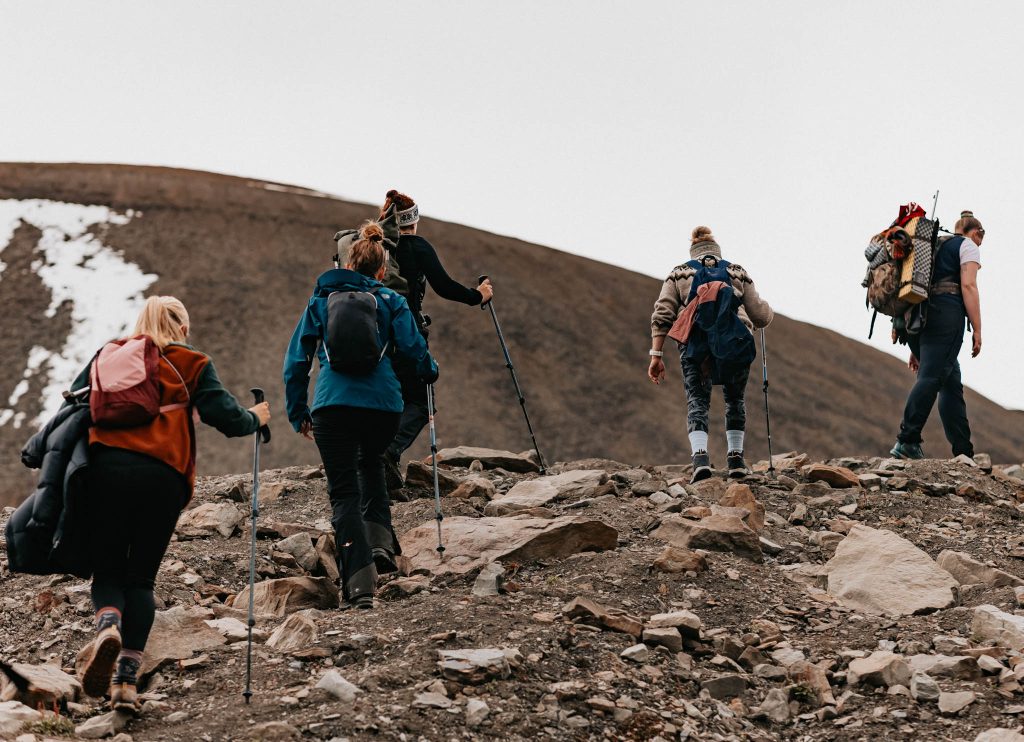
This is a mass of rocks and sediment carried down by a glacier, revealing many fossils within the rocks themselves.
These fossils are a whopping 40-60 million years old.
Interestingly, most of the fossils on Svalbard are from plants (i.e. impressions of leaves in the rocks), as around 420-260 million years ago, Svalbard would have once been a dense rainforest. This is mind bending to consider, as now not a single tree exists on the archipelago.
This was such a fun experience – complete with hot berry juice and biscuits – and we unearthed many plant fossils; hammering away at them with our tools and millennial angst.
3. Wildlife Safaris: Walrus, Puffin, Whale
As mentioned earlier in this post, summer on Svalbard is a nature lover’s wonderland, with the area teeming with wildlife.

Being able to see puffins and walruses in the wild was a true dream come true and a huge reason why you should consider visiting Svalbard in summer. The Visit Svalbard website is a great resource for booking activities, including wildlife based experiences.

4. Fjord Cruise (to spot polar bears)
With the sea ice melted in summer, boat trips and cruises open up again in Svalbard. These cruises, to more remote fjords such as Kongsfjorden, Isfjorden and Liefdefjorden, offer the opportunity to see plenty of wildlife, including walruses, beluga whales, bearded and ringed seals as well as polar bears.
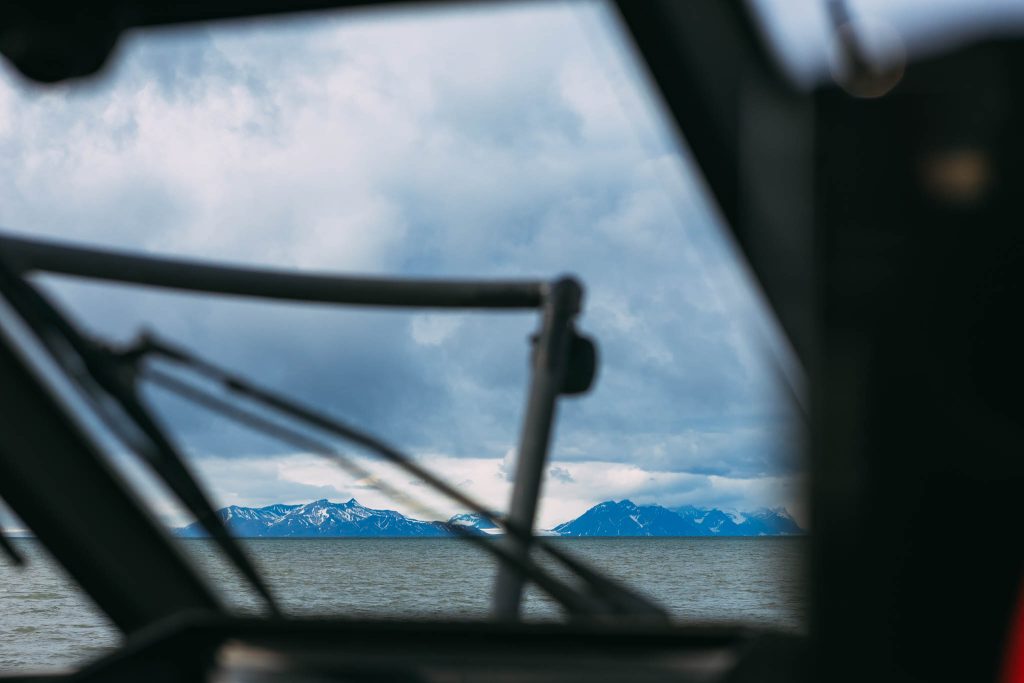
These experiences range from a half-a-day trip, to an overnight cruise – even an expedition cruise that can last 6-7 days. Most leave from Longyearbyen and notable tour operators include Svalbard adventures, Better Moments and Wildphoto Travel (great for photography lovers).
5. Wild Sauna
Another top thing to do on Svalbard in summer is a trip to Svalbad.
Located in Adventfjorden (just outside of Longyearbyen and walkable from the town), this floating sauna is a spectacular way to enjoy the surrounding bay, through the huge glass windows of the sauna.
Once you’re sufficiently sweaty, make sure you head outside to jump (or use the steps), into the icy arctic waters. Although initially daunting, this was such a fun experience and well worth booking in for when you’re on Svalbard.
6. Visit the Abandoned Soviet Town
One thing I wish we’d had time for was a visit to the island’s abandoned Soviet Town, called Pyramiden.
This was once a busy, coal mining town that was sold by Sweden to the Soviets in 1927. Sadly, it was abandoned in 1998 after the decline of mining and a tragic plane crash in 1996 that killed 141 people (mostly miners and their families).
Pyramiden is now frozen in time – a perfectly preserved Soviet town, eerily located at the top of the world. You can tour the town to see the frozen-in-time swimming pool and gym, school, hospital and other buildings. Many of them still look like they’ve just been used, with typewriters on tables and propaganda posters still on the walls.
During the summer, you can visit the town via a boat ride from Longyearbyen – this is a 4-6 hour round trip, so keep a day free for this visit. You can also (and this is what I really wanted to do) stay at a restored Soviet Hotel called The Tulip Hotel.
This hotel offers the unique experience of staying at one of the most remote hotels in the world – definitely one of the best things to do on Svalbard in summer.
7. Glacier Hike
Another summer activity to enjoy on Svalbard is a glacier hike. These are, for obvious reasons, guided only and you can book onto a variety of tours, including the Longyear Glacier (which is the most accessible), FoxFonna Glacier and the Advent Valley Glaciers.
Tours can be booked through Svalbard Wildlife Expeditions, Svalbard Adventurers and Better Moments.
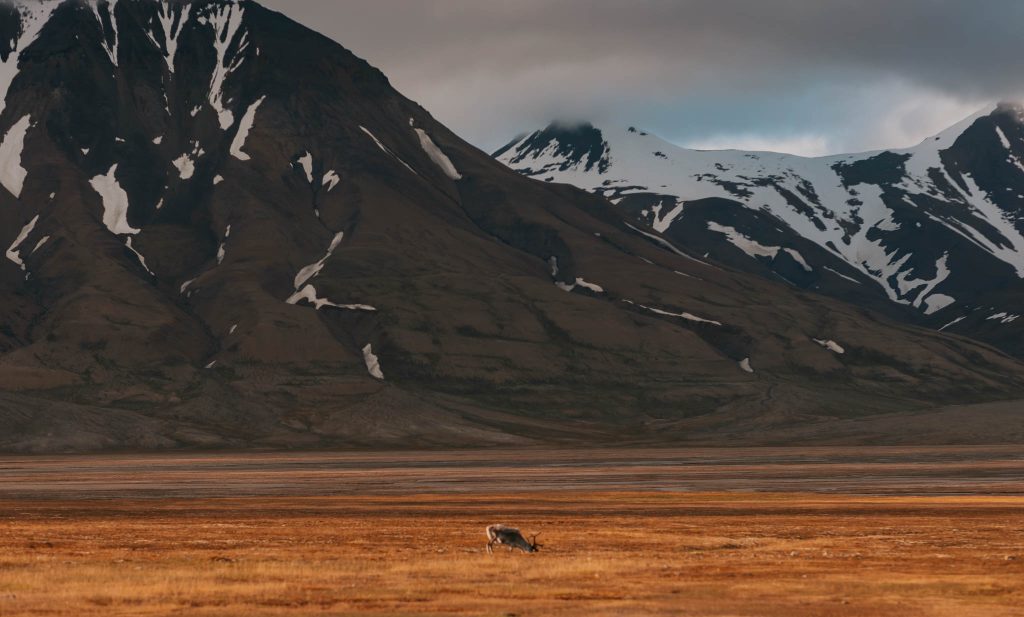
8. Enjoy the Northern Most Pub
A highlight of visiting Svalbard is being able to say you’ve been to the northern most – well, everything.
This is even true of the pub connected to the Radisson Blu in Longyearbyen, called Barentz Gastropub – that proudly states it’s the northern most pub in the world. This is actually a really lovely place to come in the evenings. It feels like you’re cosily tucked away from the rest of the world; mixing with adventurers, scientists and tourists from around the globe.
9. Get Cosy in Longyearbyen
I did not expect Longyearbyen to be full of so many cosy cafes and brilliant quality restaurants, with even some fine dining options.
Make sure you carve out some time to have some cosy mornings or evenings exploring these places, including the Huskey cafe, Fruene (especially the delicious chocolates, shaped like polar bears) and Huset – Svalbard’s fine dining offering.

It was brilliantly surreal being able to hunker down in the cosy cafes, despite knowing back at home in the UK it was the peak of summer and 30 degrees. As a cosy, autumn lover, this was pure bliss.
10. Coal Mine Tour
What put Svalbard on the map was its thriving coal mining industry. It seems fitting, therefore, to tour one of the many mines on the main island during your visit to Svalbard. The most popular tour is to Mine No. 3 (Gruve 3), which is located just outside of Longyearbyen.
This mine was closed in 1996 and is now a living museum, offering tourists the opportunity to explore the mine, crawling through small mining tunnels and learning about the particularly harsh life of a miner.
As someone who is claustrophobic, this tour was a no go for me, but I imagine it would be fascinating for those who don’t mind confined spaces.
Book your tour of Gruve 3 in Longyearbyen
How Long Should you Stay on Svalbard in the Summer?
How long you should stay on Svalbard in the summer really depends on how much of the archipelago you want to visit.
Travelling around the islands takes time and if you wanted to visit the south and north, you will need a week, if not longer.
We visited Svalbard for three nights, basing ourselves in Spitsbergen – the most populated island of the archipelago and home to the only town. In terms of exploring this island and enjoying some activities, three nights was (just about), but I would describe it as a quick – fleeting – adventure. Had we not been exploring more of Northern Norway, I would have definitely stayed longer to see more of the islands and would have headed to the snowy north.
If you have longer, I would suggest 4-5 days if you’d like to do a few more experiences from Spitsbergen, or a week if you’d like to travel to more remote locations.
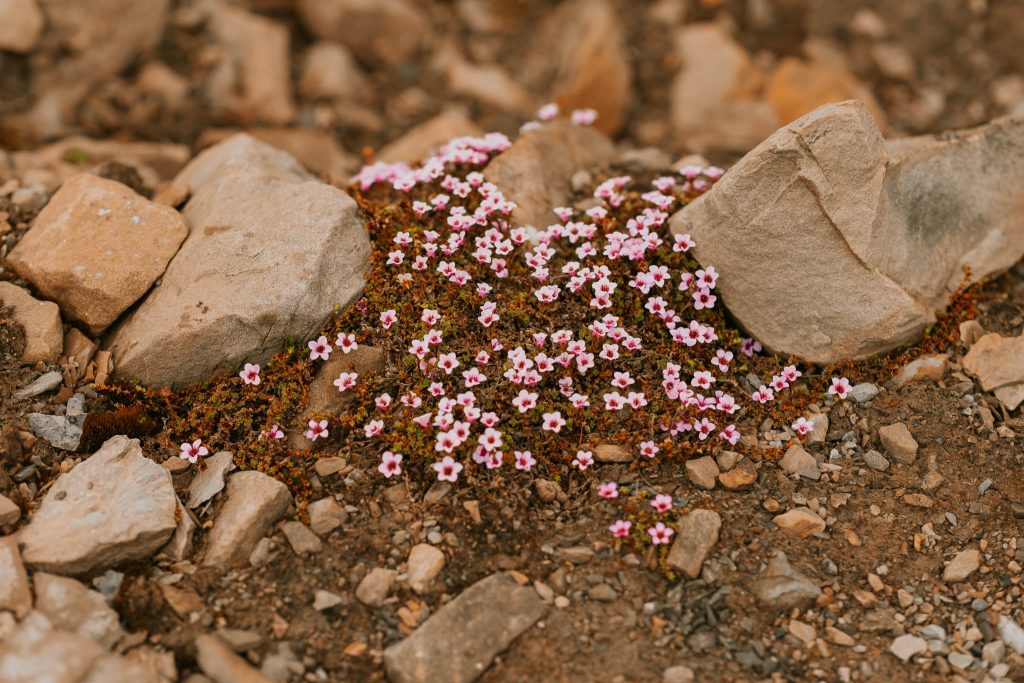
Is it Expensive to visit Svalbard in the Summer?
Yes, it is generally more expensive to visit Svalbard during the summer than winter, as it is peak tourist season.
Without the freezing temperatures and frozen sea ice, more tours can run and the island is generally more accessible. It is not drastically more expensive, however, as winter is steadily becoming more popular with tourists who want to enjoy snowy activities and see the Northern Lights.
In terms of food and drink, we found the prices fairly similar to London prices. Alcohol is even more expensive on Svalbard than mainland Norway (and that’s saying something) because of transport costs and limited suppliers – a glass of wine set us back around £9.
Do you Need a VISA or a Permit to Visit Svalbard?
Svalbard is a VISA free zone, so anyone from any nationality can enter. This doesn’t mean, however, that there aren’t requirements as you travel through mainland Norway to get to Svalbard.
If you’re from an EU/EEA country, no Visa is needed at all. For those from UK, USA, Canada and Japan, you also don’t require a Visa for stays under 90 days. If, however, you’re from a country needing a Schengen Visa, such as India and China, will you firstly need a double-entry Visa to return from Svalbard.
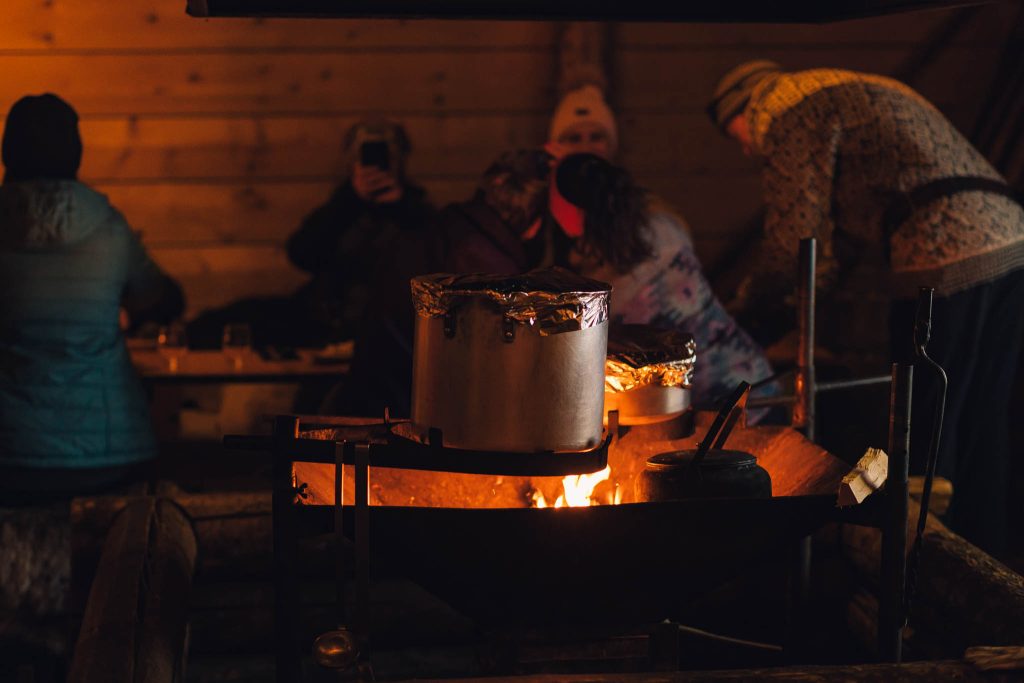
Is it Safe to Visit Svalbard in Summer?
Svalbard is absolutely safe to visit in summer, provided you take the right precautions and respect the terrain and wildlife on the islands.
The island is more than prepared for tourism, with a great infrastructure in place and certified guides that are trained in wildlife safety and Arctic survival. The island does operate strict rules for tourists – largely in order to keep them as safe as possible – so following these are essential.
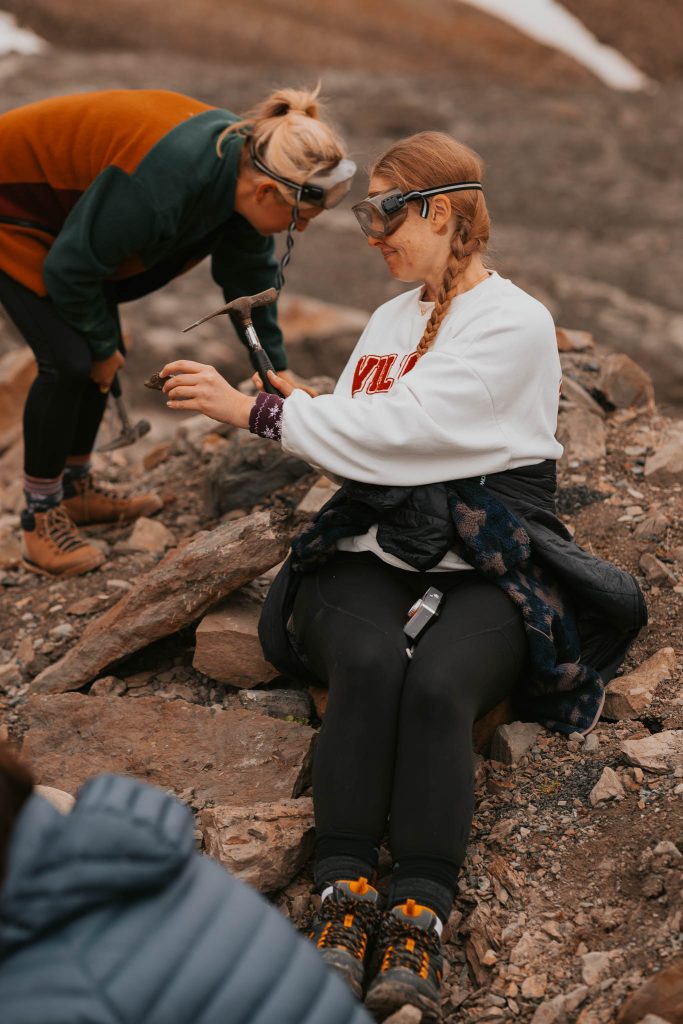
Svalbard does have one small hospital but for serious cases, patients would need to be evacuated to mainland Norway. It’s imperative, therefore, that evacuation cover is included in your holiday insurance – and you don’t visit if you’re already feeling unwell.
Overall, and from experience, the island felt safe, welcoming and well prepared for tourists.
Final Thoughts: Is Svalbard Worth Visiting in Summer?
Yes, Svalbard is absolutely worth visiting in summer. Our time on the archipelago was truly memorable, with unique activities, other-worldly surroundings and the beauty of the midnight sun.
In the summer months, the snow may be gone but the islands are alive with wildlife, wild flowers and unique activities, such as fossil hunting or walrus safaris. It may not feel like the traditional ‘arctic’ during this time, but it instead offers an altogether different experience – which is just as enjoyable as a visit in the winter. Indeed, there were plenty of things to do on Svalbard in the summer.
It was a definite bucket list trip and one I would repeat in heartbeat.
